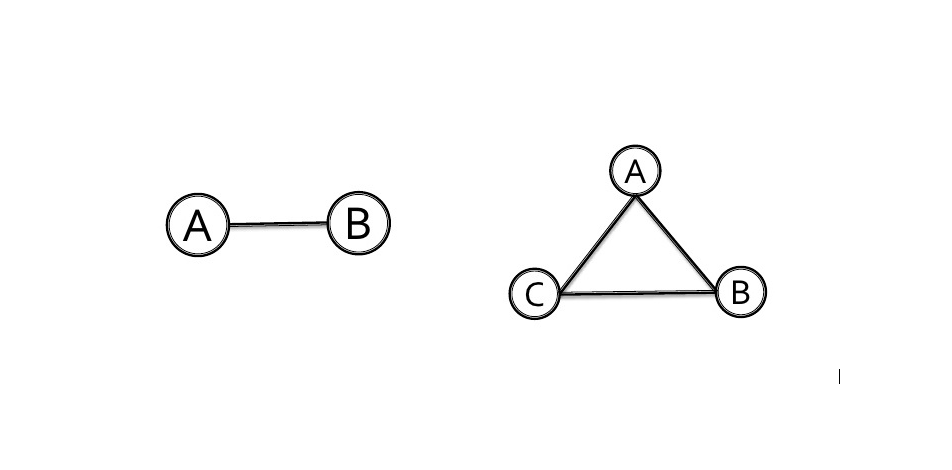Qualitative research with friend groups – one core respondent and 1 or 2 of their friends – is a fun way to gather insights and understand the social dynamics and influences of your consumer. Interactions between friends can be a great way to explore certain topics more naturally, uncovering deeper insights and nuances. Not only that, from the respondent’s perspective – it’s a party!
Recruiting these dyads and triads, however, may not always be as fun. The immediate reaction is to perceive a Triad recruit as one where the difficulty triples – you have 3 times the people to recruit, 3 schedules to manipulate and 3 or more profiles that need to qualify per the project’s prerequisites. We have seen our fair share of these Triad Recruits, and while we may have initially agreed that the work should, realistically triple – we are here to share our best practices on how to minimize efforts and maximize results!
- The first and most important step is to very thoroughly discuss the qualifications of the friends. While the core respondent most always passes through the pre-qualifying screener, the friends are recruited not directly by you, but by your initial recruit who has no true insight into the qualifications. To make sure you are not chasing leads that will ultimately disqualify, make sure to understand what the parameters of your “friend group” are so that you can clearly communicate that to your core respondent. Important factors to consider:
- Age – While people generally have friends within a 5-10 year age range, this can vary so it is best to establish what the limitations are before launching your friend recruit.
- Criteria – Often with a Triad or Dyad recruit, the friend is not required to pass through the screener. It is essential that you establish which core components of the screener they must answer and which of the specs they should align with the core respondent on.
- Contact Information – This is a simple, but often overlooked aspect of a Triad or Dyad recruit! Collecting both emails and cell phones for the friends is critical to ensure clear and timely communication. It also takes the burden off the core respondent and the easier and more fun you can make the experience for the participants, the more likely they are to follow through!
- Considering what we have outlined above, the next natural progression is to determine the best way to collect the data for the friends. In our experience, a phone re-screen is effective but not always efficient and it leaves room for human error, typing mistakes and missed information. What we have found to be the most economical method is to create a condensed version of the original screener. Our preferred platform is Google Forms, however, you have multiple options where you can create a free, easy to use Survey (such as Survey Monkey, Typeform, Survey Gizmo, etc.). Below are some key factors into our decision to use Google Forms over the other options:
- The form is simple, intuitive and can be easily edited.
- Google forms are housed online, providing real-time, universal access to all team members.
- You can use one singular link to share with all respondents and the answers are private.
- You have the option to allow editing after submission, but we standardly turn that off.
- All the data is housed in one excel document that you can filter, edit and adjust as needed. This makes it very easy to copy & paste into your client grids.
- Finally, we find that the confirmation process is best handled by communicating to all participants in a group setting. Sending both email confirmations, as well as group text reminders to the entire Triad or Dyad group, you are leveraging the relationship that is already established amongst the friends to help keep each participant accountable. It is very common in Market Research to have a participant complete the initial survey, speak with you on the phone and then stop responding to your confirmation or follow up messages. Everyone is busy! But, by communicating with the entire group, you can expect to see higher response rates as each participant can see whether or not their friends have responded and, because they are equally dependent on each other in order to qualify, they will often spur them along (likely in a private message).
So the next time a Triad or Dyad request comes across your desk, don’t worry – you got this! Just make sure to walk through the friend qualifiers, collect the friend’s data in an efficient, accessible manner and communicate in a group setting to maximize all contact points. If you focus on those areas, you won’t bet thinking about triple the work, instead you will be thinking bring on those group recruits!




